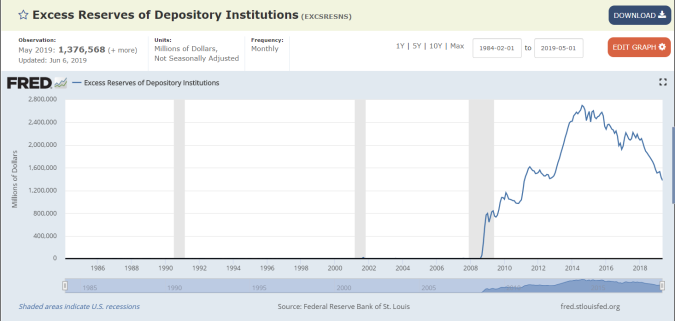Sometimes I wonder what world people live in, because it sure doesn’t seem to be the same one that I live in. The aspect I’m thinking about today is that of competition vs cooperation.
I often hear people talk about the “cut-throat competition” of the economy and the “dog-eat-dog” nature of business. While it is true that some businesses compete, this really seems to miss the big picture.
Every company that I’ve ever worked for cooperates with far more businesses than it competes with. For example, we might have 4 or 5 businesses that we compete with, and you might describe that competition and fierce. But we probably cooperate with a hundred times as many businesses: starting with the businesses that built the buildings we use, the businesses that run the water and electrical services, the businesses that do our payroll and taxes, the businesses that built our computers and run our internet, platforms that help us with online commerce (like Amazon), the companies that made all the software we use, the companies that deliver our email, run our ad campaigns, and help us market to our customers. There are companies that build our phones and run the cell networks, there are the companies that bring us gas to put in our cars so we can actually get to work, companies that cook and bring us our lunches, the companies that made our furniture. I could go on and on and on.
Where other people see “dog-eat-dog competition,” I see an incredible web of cooperation – there are probably a hundred companies with tens of thousands of employees that support us directly, and that’s not counting the companies that support those companies and their employees! When you get down to it, there might be a hundred thousand people in the business of helping us (and others) run our company. It’s a truly remarkable, incredibly beautiful, and almost unnoticed phenomenon. It is, in fact, the basis of our civilization.
So the next time you hear someone talking about the cut-throat competition in the economy and whining that “if only we could learn to cooperate”, remind them that they are focusing on 1% of the picture and ignoring the 99%. Open your eyes to the amazing beauty of cooperation!
